Chairman of the Provincial People's Committee Le Van Dung visited the OCOP booth at the provincial product exhibition fair. Photo: PHAN VINH
Lax management
According to regulations, each OCOP product after being recognized is only valid for 36 months and needs to be re-evaluated if they want to continue using the OCOP label on the packaging. However, in reality, many entities still keep the old packaging with the OCOP star stamp, continue to display and consume the product without going through any re-evaluation process.
Statistics show that by the end of 2024, the province had 478 OCOP products recognized, but only 339 products were still valid. Thus, there were up to 139 products that had expired but had not been re-evaluated or re-recognized, meaning that they were currently on the market in a state of "out of standard", no longer eligible to use the OCOP star stamp according to regulations.
This is a significant number, clearly reflecting a loophole in post-inspection work. This poses an urgent need to tighten management to protect the reputation of the OCOP brand and ensure fairness for entities that follow the correct procedures.
Packaging medicinal products. Photo: PHAN VINH
The situation of “out of standards” not only occurs silently at agricultural retail points, but also openly at trade fairs and exhibitions organized by state agencies. Many product booths still use packaging with the OCOP logo without accompanying information on the updated recognition period. Some entities said that the cost of re-evaluation is not low, especially when there is no more budget support like in the first phase, making them hesitant to implement.
Mr. NTT (OCOP owner in a mountainous district in the province) shared: “To complete the re-recognition dossier, we have to spend money on travel, hire a testing unit, print new labels... but in return we get a certificate that does not create a boost for the brand, does not support any additional output. Meanwhile, the product still sells well even though no one asks about the certification period, so is it necessary to continue investing?”
This “indifference” is overshadowing the identification role of the OCOP program. Consumers, who trust in state-guaranteed brands, will find it difficult to distinguish between valid and outdated products, and will easily fall into a state of skepticism, even turning their backs on the classification system that was once expected to be the foundation for developing regional agricultural products. From a management perspective, lax post-inspection not only disrupts the market but also leads to the risk of wasting invested resources.
OCOP logo "carries" all products
Not stopping at using the OCOP trademark for expired products, another big loophole that exists is the abuse of the OCOP logo to attach to products that have never been recognized.
Authorities inspect an OCOP product manufacturing facility. Photo: PHAN VINH
In particular, at trade promotion events and agricultural product exhibitions, many entities have only one certified product but display a series of other products with packaging printed with the OCOP logo as if the entire category is recognized.
According to the reporter, some establishments producing medicinal products and handicraft products are all labeled as OCOP, although in reality only one of them is recognized. This confusion not only confuses consumers but also affects the transparency of the OCOP system.
Mr. Vo Hung - Deputy Head of Rural Development Department ( Quang Nam Rural Development Department) said that this is a violation of regulations. The OCOP logo is only allowed to be used for products that have been recognized, have a code established, and have clear records.
Attaching logos to products not listed in the catalog is an act of deceiving consumers and indirectly damaging the value of the OCOP brand that the whole province has spent many years investing in building. The functional sector has repeatedly reminded the subjects to strictly comply with this regulation.
“In the coming time, the functional sector will strengthen post-inspection work, not only at points of sale but also in market circulation and fairs. At the same time, it will propose to add specific regulations on the use of the OCOP logo, from scope, duration to form of expression on packaging to create consistency and clarity among levels.
Along with that, communication work will be promoted, helping subjects understand that building and maintaining the OCOP brand is not only a responsibility to the community, but also a long-term benefit for their own business activities. It is impossible to let an OCOP product "piggyback" on dozens of other items. Doing so is against the nature of the program, causing waste of policies and breaking the principle of fair competition in the market" - Mr. Hung said.
Source: https://baoquangnam.vn/hau-kiem-san-pham-ocop-o-quang-nam-ra-sao-3156646.html


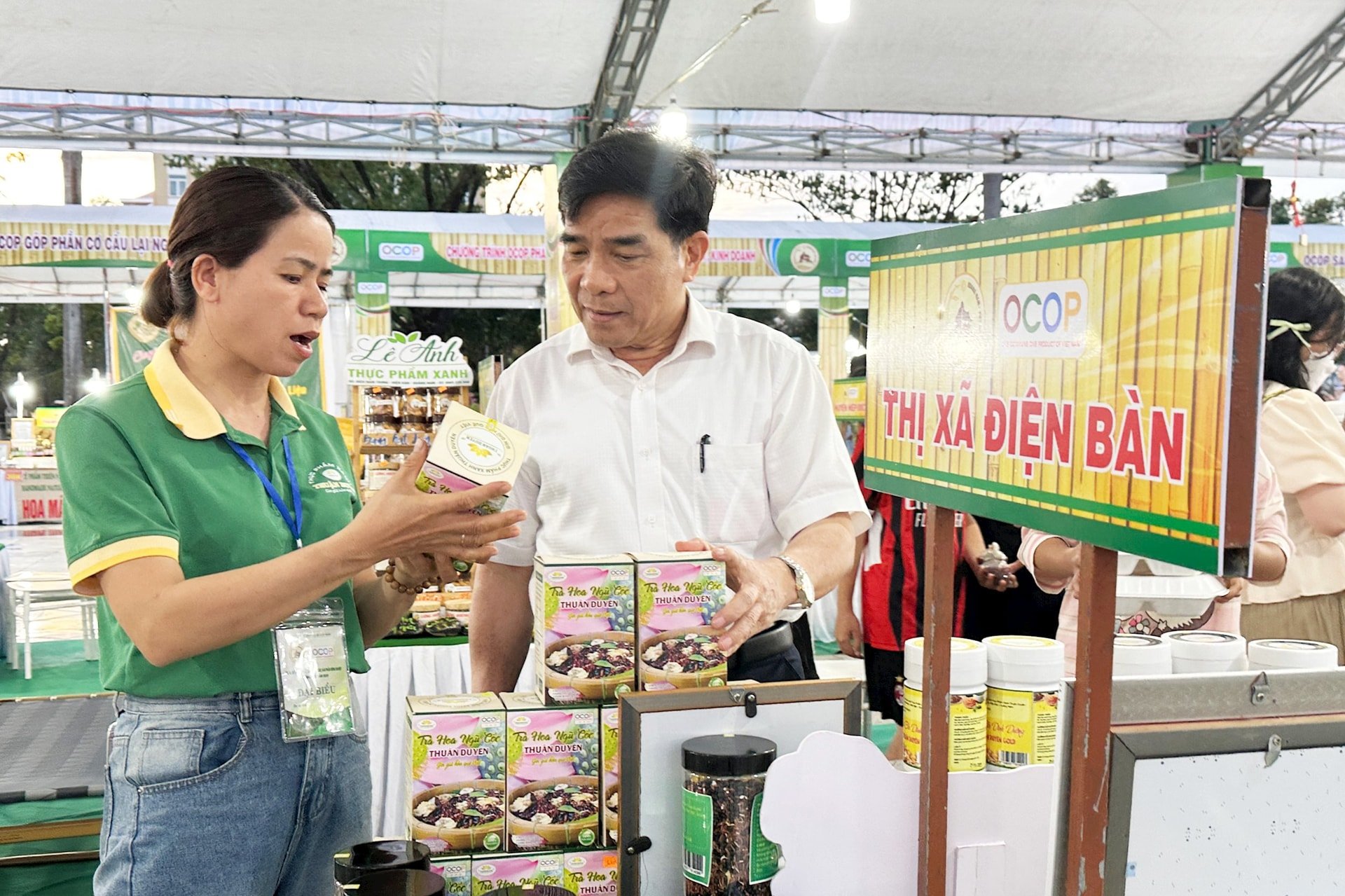

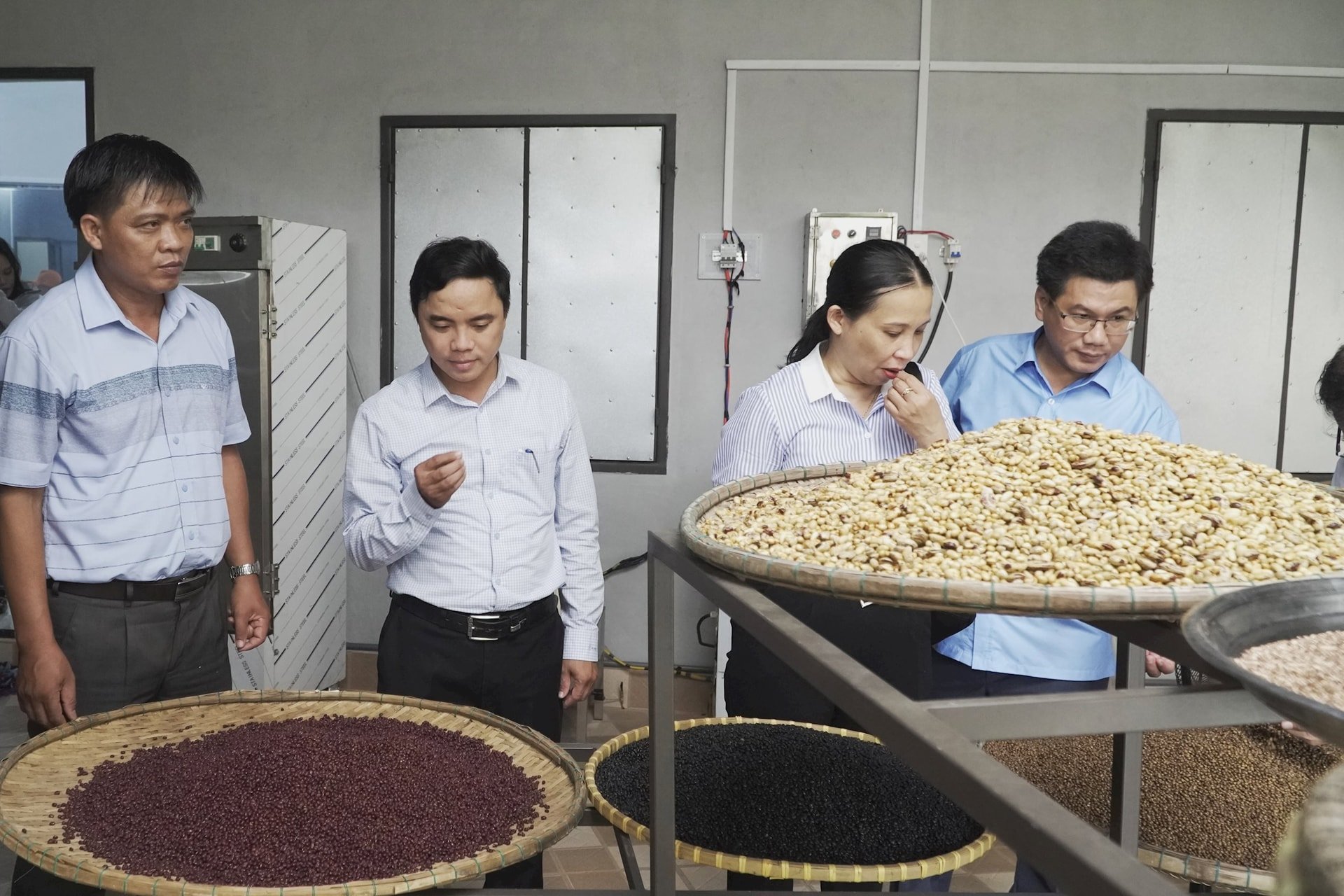








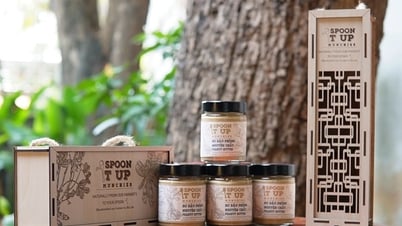

















![[Photo] The 9th Congress of the Party Committee of the Office of the President, term 2025-2030](https://vphoto.vietnam.vn/thumb/1200x675/vietnam/resource/IMAGE/2025/6/20/78e7f27e8c4b4edc8859f09572409ad3)

























![[Maritime News] Wan Hai Lines invests $150 million to buy 48,000 containers](https://vphoto.vietnam.vn/thumb/402x226/vietnam/resource/IMAGE/2025/6/20/c945a62aff624b4bb5c25e67e9bcc1cb)




















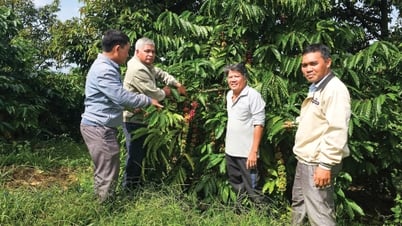




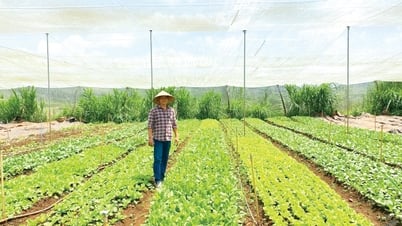













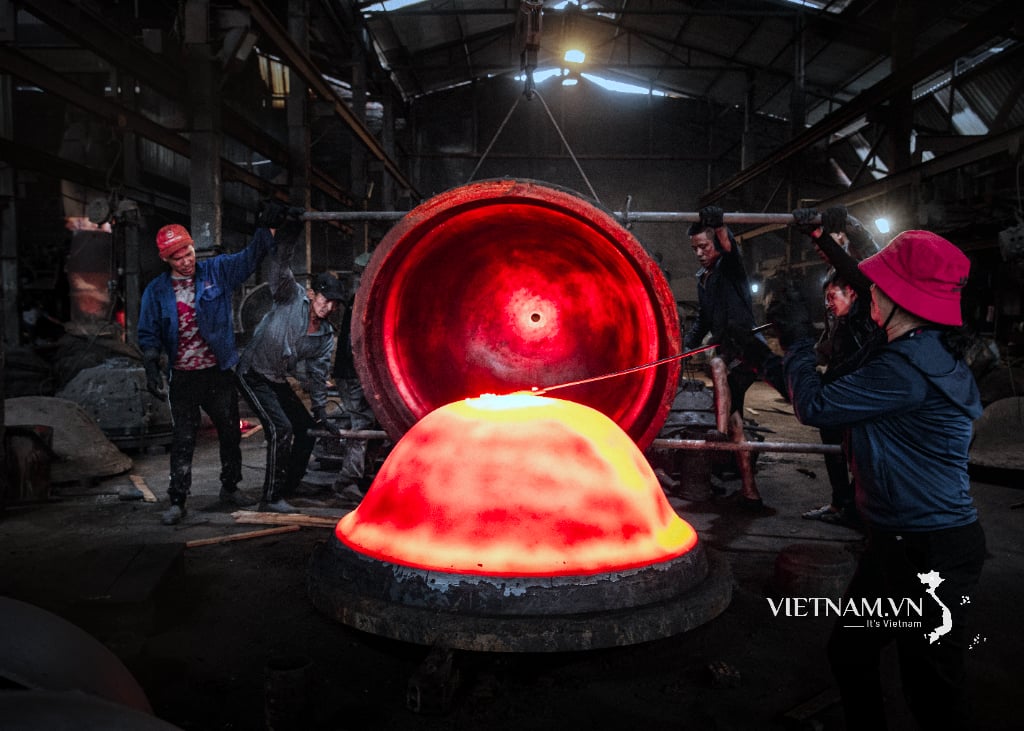



Comment (0)